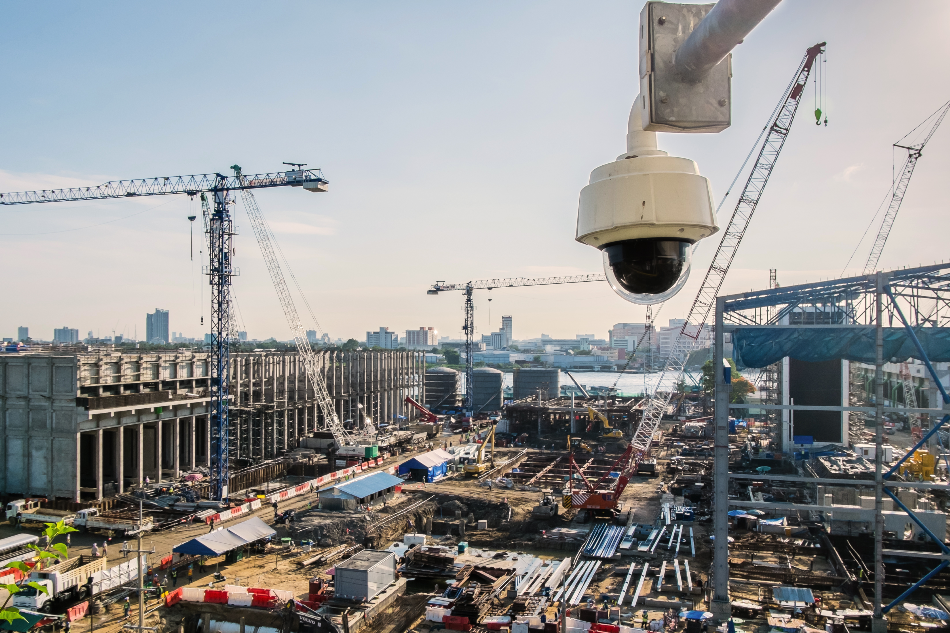
Image credit: CoolKengzz/Shutterstock.com
Automation is already changing the face of the construction industry. While construction has been known for its slow adoption of new technology in comparison to other global sectors, the last few years have seen it attempt to catch up and embrace the benefits that new technology brings.
Camera networks are being used to monitor automation efforts, further propelling the revolution of automation in the industry. Rather than having multiple members of staff at numerous physical locations on-site to oversee the work, camera networks are allowing remote monitoring of entire construction sites simultaneously. AI is being incorporated with camera technologies to enhance monitoring capabilities to make construction projects safer and more efficient.
The Need for Automation in Construction
The construction industry is facing pressure to become more profitable and to enhance the quality of its projects. Automation techniques can enable it to achieve both these goals.
The integration of robotics, artificial intelligence (AI), and machine learning are allowing companies to reduce the cost of labor, as well as speeding up the output by working around the clock and completing tasks faster than a human worker could, bringing forward project completion times.
Further to this, the integration of robotics is enhancing the quality of output because new automation techniques have capabilities to construct buildings while eliminating the factor of human error. It is also making new and exciting projects possible that previously would not have been achievable solely with a human workforce.
Automation is bringing many additional benefits to construction. For example, automation is eliminating worker shortage issues and poor weather issues, enhancing safety, increasing precision, and enabling work to be carried out in dangerous locations, such as at substantial heights.
The Use of Camera Networks to Monitor Automation
There are many benefits to using camera networks to monitor automation in construction sites. Firstly, progress can be watched in real-time from any location, further reducing the need for people on-site. Images can also be reviewed to attract project progress.
Automated construction requires no human intervention because it can automatically track progress, enhancing the benefits of its use and reliance on a human workforce. As is discussed below, new technologies are developing that can analyze the images collected by camera networks to automatically generate reports on project progress.
Cameras can be used to detect machine malfunction or any potential threats to safety. They can also flag when unauthorized personnel enter restricted areas, therefore enhancing security and safety.
Cameras used to monitor automation should be waterproof to allow for effective monitoring year-round. They should also be portable to avoid high set-up costs on future sites so that previously-purchased cameras can be transported. The video quality of the cameras should also be considered. Given that automation allows construction to continue in hours of darkness, higher quality cameras allow for the capture of this work.
Finally, cameras should allow for easy remote access so the images can be accessed by any authorized person wherever they are.
Images are Enabling the Automation of Project Reporting
Recently, an international team of researchers from Iran and Australia developed a system that combined the use of camera networks with information modeling to automatically generate construction site progress reports.
The researchers built specific algorithms into the software they created to give it the ability to assess images fed to it by the camera network used to monitor the construction site. These algorithms can calculate the amount of work being carried out between any given frame. In this way, automatic calculations regarding how much the work has progressed in a certain period, or the status of the project at any given time, can be made and sent out to the appropriate people.
References and Further Reading
Disclaimer: The views expressed here are those of the author expressed in their private capacity and do not necessarily represent the views of AZoM.com Limited T/A AZoNetwork the owner and operator of this website. This disclaimer forms part of the Terms and conditions of use of this website.